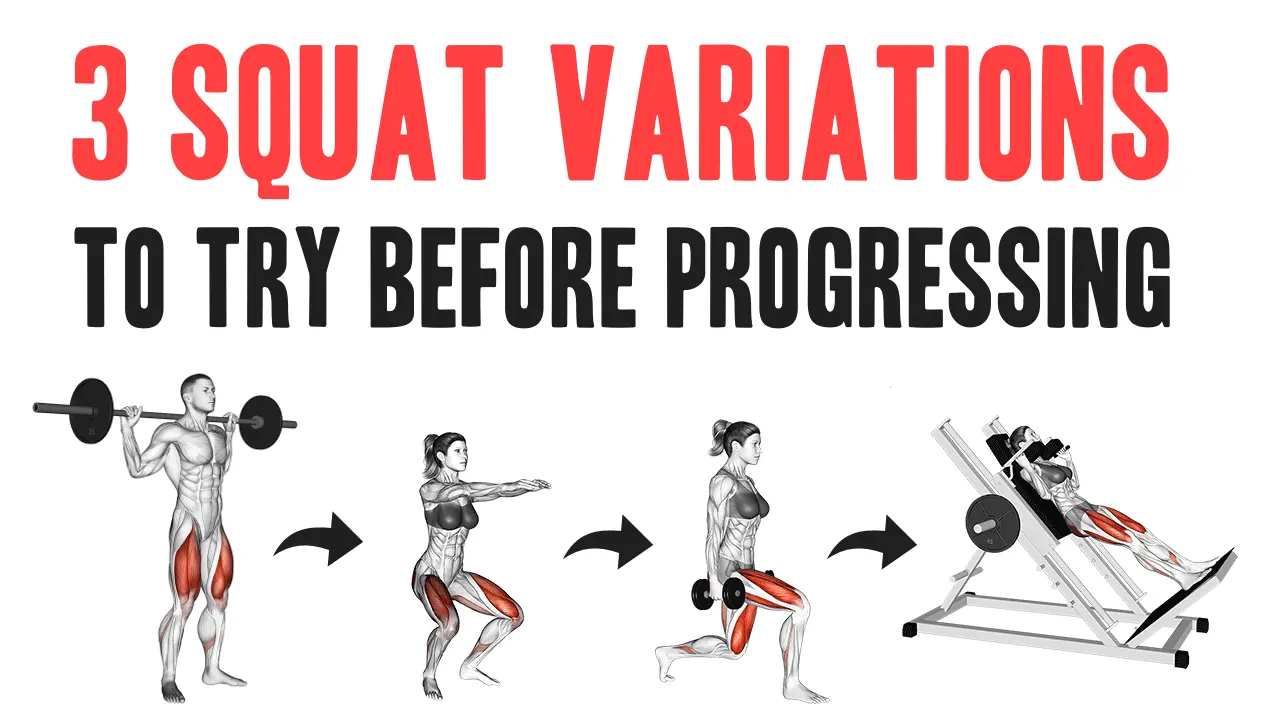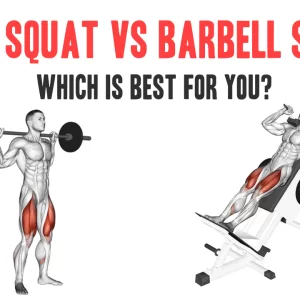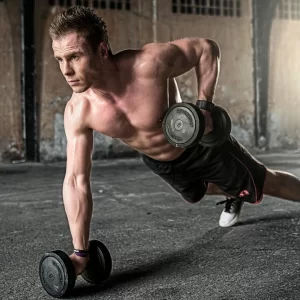Contents
The squat: a true legend in the world of exercise. It reigns supreme for building rock-solid lower body strength, targeting your quads, glutes, hamstrings, and even your core. But let’s face it, sometimes this king of exercises can feel intimidating. Maybe you’re a beginner, or perhaps you have limitations that make traditional squats tricky.
Whatever the reason, if standard squats aren’t in your current workout repertoire, don’t despair! Here are 3 amazing variations that target the same muscle groups and can propel you forward on your lower body strengthening adventure. We’ll also delve into the proper form for each exercise, ensuring you reap the benefits and avoid injury.
3 Squat Variations to Try Before Progressing
1. Bodyweight Squat:

Think of the bodyweight squat as your squat foundation. It’s a simple yet powerful move that builds core strength and leg power, preparing you for more advanced variations. Here’s how to nail it:
- Stand tall with your feet shoulder-width apart. Angle your toes slightly outward for better stability.
- Engage your core by bracing your abdominal muscles as if you’re about to be punched in the gut (but hopefully that won’t happen during your workout!).
- Imagine you’re going to sit in a chair. Keep your back straight and your heels flat on the ground as you lower yourself down.
- Descend until your thighs are parallel to the floor. Here’s a good way to gauge depth: if someone were to glance at you from the side, their knee should be hidden behind your toes at the bottom of the squat.
- Push through your heels to return to the starting position.
2. Dumbbell Lunge:
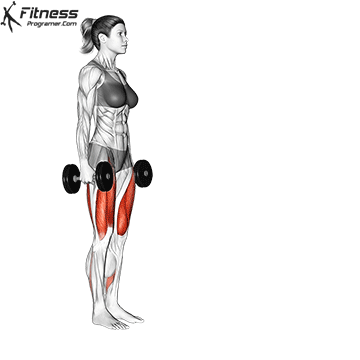
Lunges are unilateral exercises, meaning they challenge one leg at a time. This is a fantastic way to identify and correct any imbalances you might have between your right and left leg. Lunges also sculpt your quads, glutes, and hamstrings, making them a well-rounded addition to your workout. Here’s how to execute them with perfect form:
- Grab a dumbbell in each hand and stand with your feet hip-width apart.
- Take a big step forward with one leg, lowering your body until both knees form 90-degree angles.
- A critical point here: make sure your front knee tracks directly over your ankle, and avoid letting your back knee touch the ground. You can graze it lightly, but avoid resting your weight on it.
- Push through your front heel to drive yourself back up to the starting position.
- Remember to alternate legs with each repetition.
3. Hack Squat:
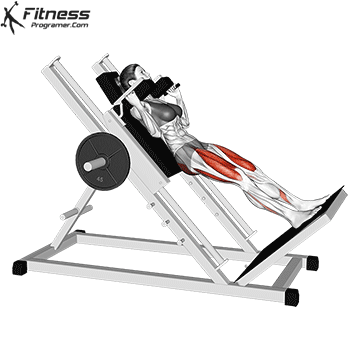
The hack squat machine offers a fantastic alternative to the traditional squat, especially if you have lower back concerns. It emphasizes your quads while reducing stress on your lower back. Here’s how to do a hack squats:
- Adjust the weight on the machine to a challenging but manageable level. It’s always better to start lighter and gradually increase the weight as you get stronger.
- Sit comfortably on the pad with your feet shoulder-width apart and toes pointed slightly outward. Secure yourself under the shoulder pads for stability.
- Engage your core and maintain a straight back as you lower the weight. Do this by pushing your hips back and bending your knees simultaneously.
- Descend until your knees reach a 90-degree bend. Don’t force an overly deep squat, especially when you’re first starting out.
- Drive through your heels to return to the starting position.
Mastering Form is Key
Remember, proper form is essential for maximizing the benefits of any exercise and preventing injury. Here are some general form pointers to keep in mind for all three variations:
- Maintain a neutral spine throughout the movement. Avoid arching your back or rounding your shoulders.
- Keep your core engaged for stability.
- Breathe! Inhale as you lower yourself down, and exhale as you push back up.
- Don’t sacrifice form for weight. It’s better to use a lighter weight and perform the exercise correctly than to go heavier with improper form.
Conquering Your Squat Goals
These variations are excellent tools to build lower body strength and keep your fitness journey progressing. With dedication and consistent practice, you’ll be well on your way to squatting like a pro, even if traditional squats aren’t currently in the cards. Remember, there’s no shame in starting with bodyweight squats or lunges and working your way up to heavier weights or more advanced variations. Listen to your body, prioritize proper form, and enjoy the process of building a stronger, more sculpted lower body!

